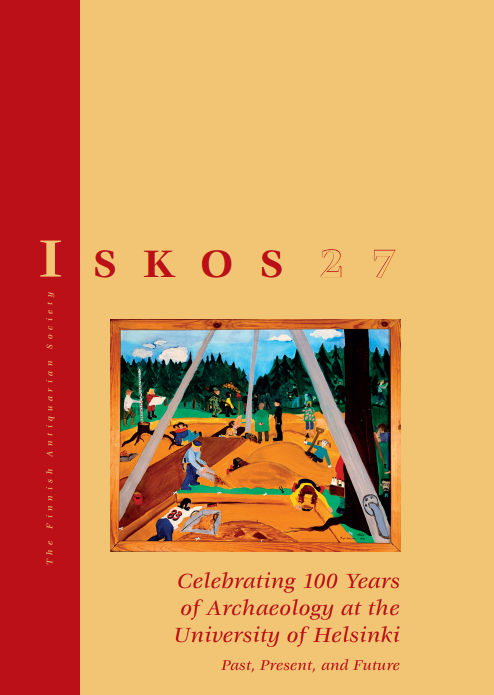Establishing academic education in archaeology in Helsinki between 1876–1923: Defining aims and ideologies
Abstract
The first chair of archaeology in Finland was an extraordinary one for J.R. Aspelin at the Imperial Alexander University in Helsinki from 1878–1885. It was then considered that archaeology’s task was to evoke Finnish national consciousness; thus, the chair was opposed by Finland’s Swedish-minded circles. It was also debated whether archaeology should be taught at the university or at the Historical Museum. An ordinary chair was founded in 1921, after several attempts, as a part of building the academic structure of the newly independent republic of Finland. The first professor, A.M. Tallgren, was appointed at the end of 1923. Consequently, archaeology became both professionally and institutionally established in Finland. This article analyses academic archaeology’s significance in Finnish society prior to the ordinary chair, the founding process of the professorship and the election of the first professor. The article also briefly deals with the academic lectures and doctoral dissertations before 1923. This Finnish development is compared with that of other European countries.




